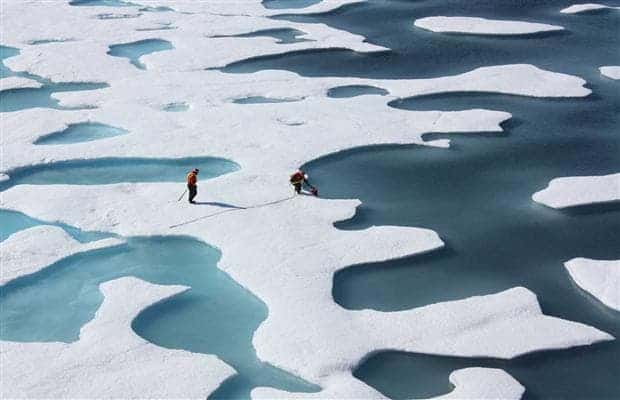Author: Antoine Sánchez
We’ve become so accustomed to the imagery of huge stacks of solar panel arrays stretching across the scorching desert, that the idea of implementing solar panels in some of the coldest spots on Earth might be quickly judged as feeble. In reality, Japanese scientists claim in a recently published study that the most energy efficient […]
Rendering complex objects realistically requires a whole new kind of geometry
A day or two ago, a whole lot of science websites (including ourselves, let’s be fair), wrote about the big Triassic ‘kraken’; basically, everyone was talking about a super intelligent predatory squid which fed on ichtyosaurs. Funny enough, but when I asked the paleontologists working at my University, they all smiled ironically. Why, you may […]
Hundreds of millions of years ago the Earth surface and oceans were inhabited by fierce predators of huge proportions by today’s standards. In those times, more than ever maybe, the saying that there’s always a bigger fish was cruelly true. For instance, a recent study of the fossils remains of an ichthyosaur, a giant school bus-sized […]
I’d like to divert from a potential discussion which might build around the trillions of dollars spent on defense by the US government or the more or less futile efforts enterprised in the middle east, and stick to the point at hand – spy drones! Yes, scary, paranoia inducing flying unmanned vehicles whose sole purpose is that […]
Every three hours throughout the day, magnetic observers located all around our planet measure the biggest magnetic change that their instruments can record during that period. All the measured values are averaged all over the world and an index is obtained (the Kp index), telling researchers how disturbed the Earth’s magnetic field is on a […]
It’s safe to say that most of us have come to accept, if not embrace, the abundance of wireless technology…
On July 29th the Cassini orbiter probe captured a stunning glimpse of five of Saturn’s satellites beautifully aligned. Cassini has been sending incredible photos of Saturn and its surroundings since 2004, as well as remarkable insights like the discovery of a salty ocean under one of its moon’s surface. Click the photo for a larger […]
Taken from outer space, this dazzling picture shows that the border between India and Pakistan unlike it has ever been seen before. The stunning picture taken from the International Space Station also shows busy cities as bright clusters hundreds of miles apart. The indian government made this decision toerect floodlights along the terrain separating India […]
The arctic ice volume recorded last fall was the lowest ever since the first satellite reports were introduced, according to data furnished by a new study which used complicated weather modeling, ocean observations, submarine data, and space-age monitoring. “Sea ice volume is an important climate indicator,” said the team of scientists from Polar Science Center […]
Keep updated
Get the latest creative news from FooBar about art, design and business.





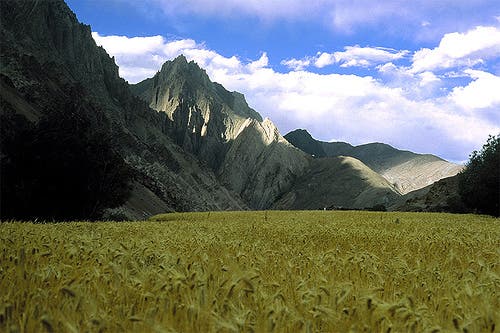

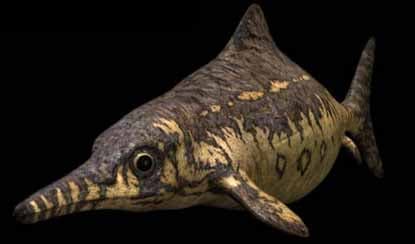
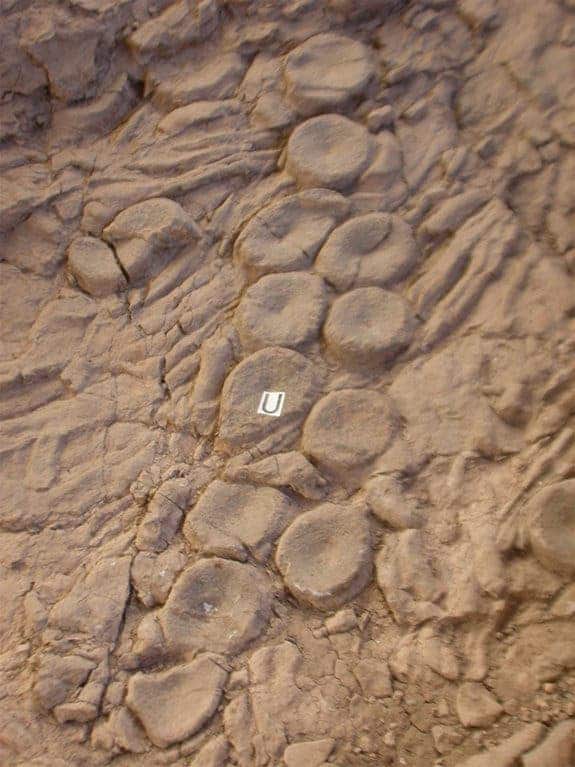
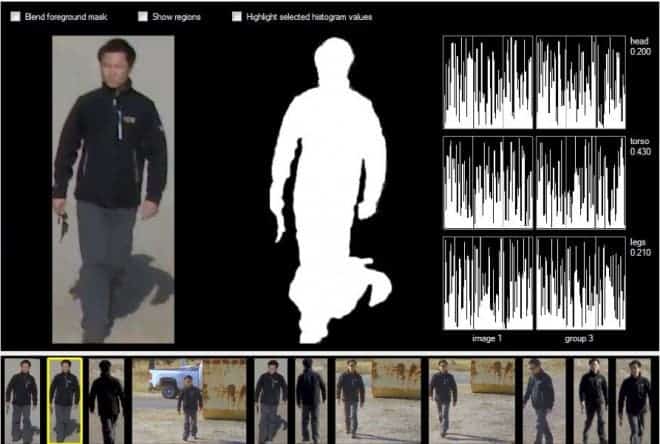
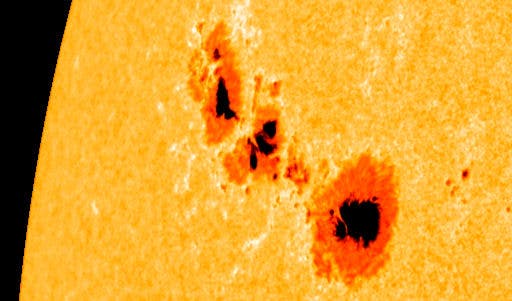
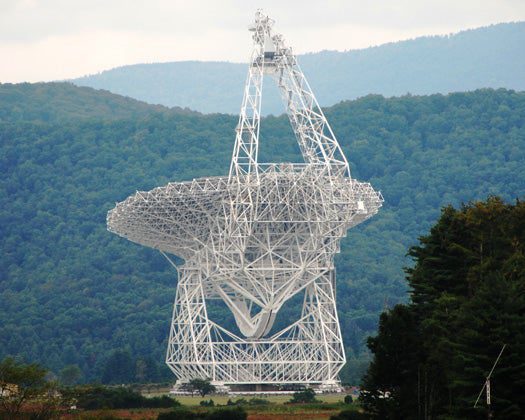
![Five of Saturn’s moons aligned [amazing photo] – 201109110912 coslog fivemoons 315p.photoblog900](https://www.plazajournal.com/wp-content/uploads/2024/02/201109110912-coslog-fivemoons-315p.photoblog900.jpg)

